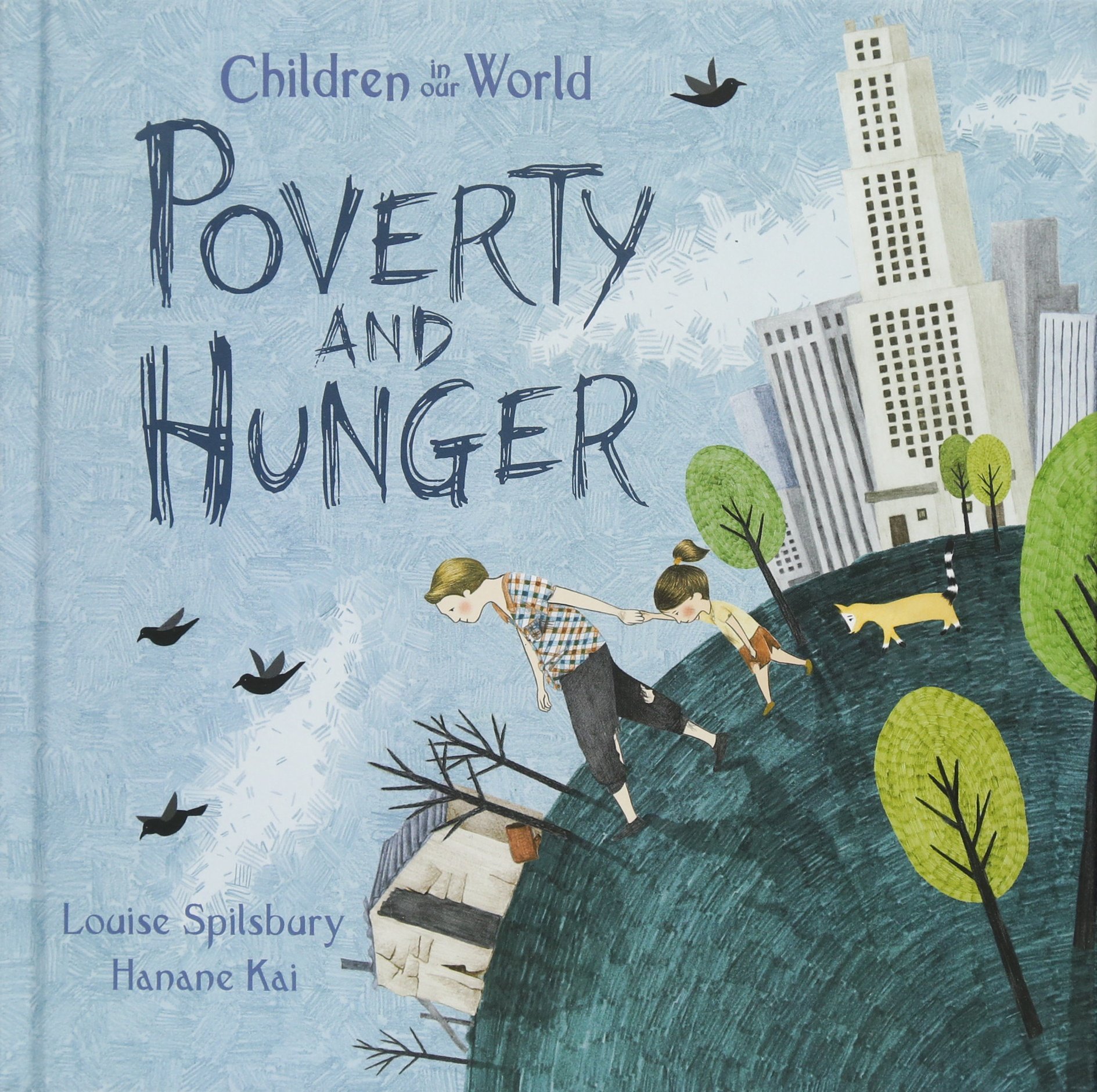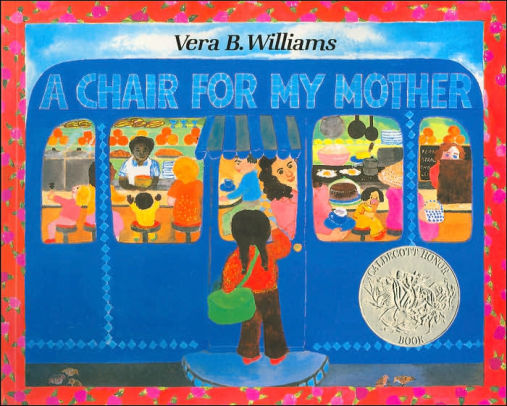
APA Bibliography: Spilsbury, L., & Kai, H. (2017). Children in our World: Poverty and Hunger. Hauppauge, NY: Barron's Educational Series.
Book Information: https://www.bookdepository.com/Poverty-Hunger-Louise-Spilsbury/9781438050195
Genre: Nonfiction, Informational Text
Author Information: https://www.hachettechildrens.co.uk/authors/detail.page?id=bnYrqwgGlmiYB1DNf5TS-c-tnWlS5TCJ2Q0JDNRHoox4eha7vc6FnXlCnJEqF00_
Illustrator Information: http://hanane.me/en/index.php?pp_title_en=about+%26+contacts&sp_title_en=About+me
Summary: This book illustrates the problems that people in poverty and homeless people go through. They may not have enough money to buy food, clean water, clothing, medicine, and shelter they need. Approximately three-quarters of all hungry people rely on farming for their food, but they do not have enough money to buy land, tools or seeds to grow food. Other people who are poor are people who have disabilities, which prevent them from working. Natural disasters and wars cause people to become homeless as well. There are many ways that you can help through charities, donations, thrift stores, free school meals, and so on.
Target Audience: The target audience is children ages 8-10, but I feel like anyone would enjoy this book. It is very informational about poverty and how to help. The author uses simple wording so children of all ages can enjoy the book.
Evaluation: I really enjoyed this book for a variety of reasons. The author has written many books about real world issues all across the world. The book doesn't just show us the problem, but it also provides examples of ways you can help. The messages are very clear in the illustrations and easy to understand.
Reader Response Activity: There are many activities you can include with this book. First, you can have a discussion with your students about what poverty exactly is and what causes it. Then, you discuss the different ways to help the people living in poverty. You can do things such as, having a can food drive and donating clothes and toys to the local thrift store or Goodwill.








